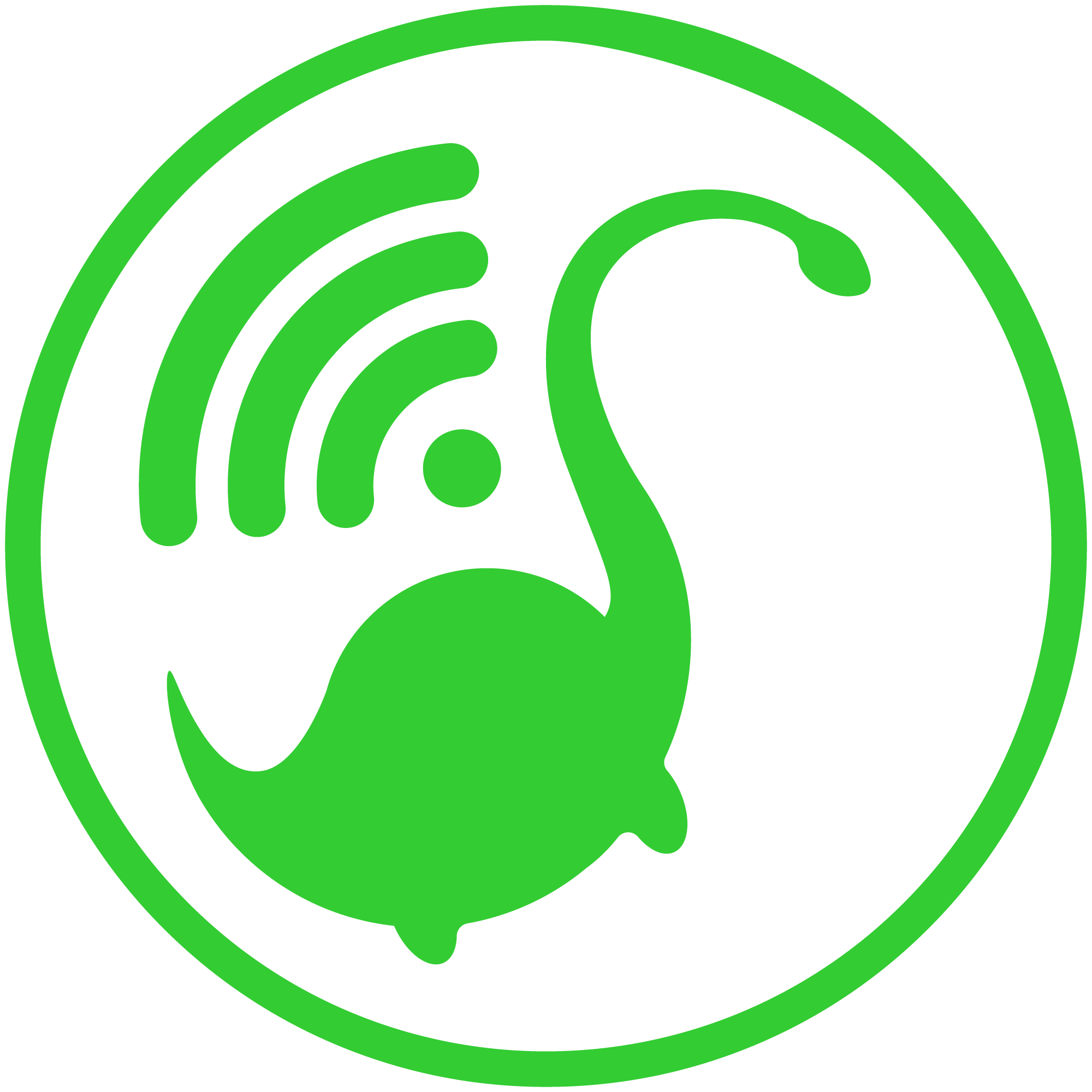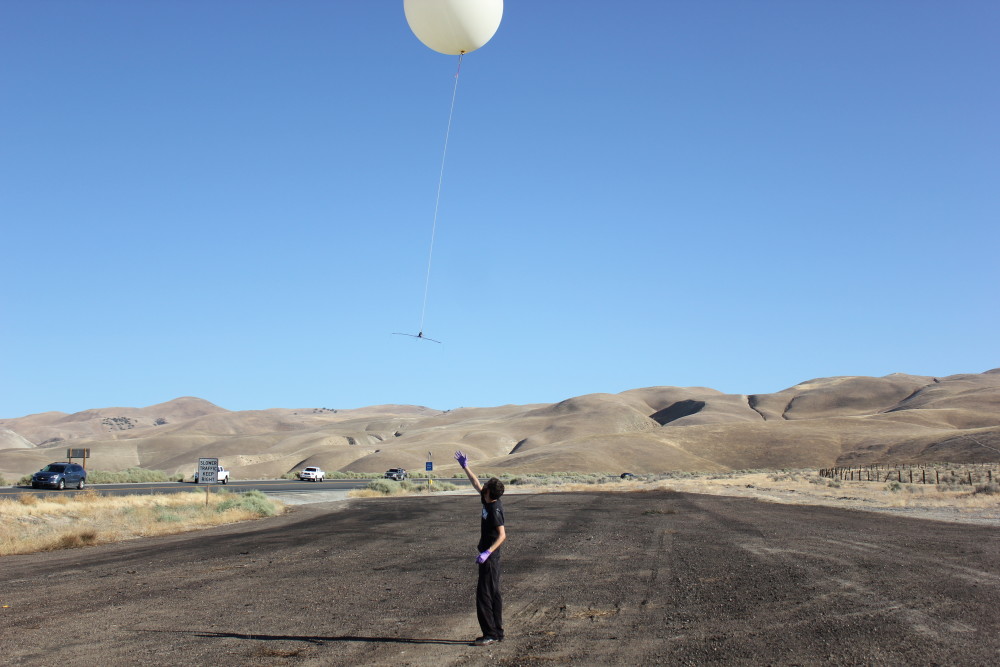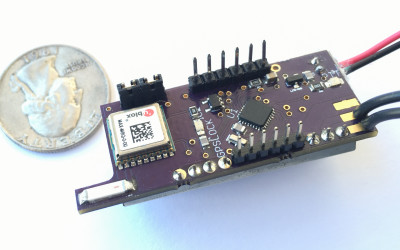Tracksoar is one of the smallest, lightest, open source APRS trackers available. It makes tracking weather balloons, model rockets, RC aircraft, and anything else that flies simple and easy. It is able to report location, altitude, temperature pressure and humidity to the internet or direct to an amateur radio once a minute for up to twelve hours with just 2xAA batteries. Because Tracksoar is open source you can add your own modules to accommodate custom sensors, inputs or outputs to meet your specific requirements. Tracksoar can also use a range of drop in transmitters to allow for easy world wide operation. By flying Tracksoar on a weather balloon you can reduce the required helium and balloon costs per launch and it can pay for itself with just 2 launches. No other APRS solution offers this level of integration, compact size, and customization. Additionally all profits from Tracksoar sales go to supporting the Santa Barbara Hackerspace and improving the resources we offer to the community.
Checkout The New Tracksoar V2
Our Story
Created with open source software & hardware
Weighs 45 grams / 1.6 oz
Developed over more than a year
Requires an amateur radio license to operate
We at the Santa barbara Hackerspace have been involved in over a dozen weather balloon launches. We have had a lot of fun with these launches and learned a lot, but found some issues with existing means of tracking. Most of the commercially available APRS trackers are closed source, large, and heavy, all of which add to the cost and complexity of launching a balloon. So we decided to do something about it, and the Tracksoar was born. The Tracksoar is designed to be flown under anything capable of lifting 60+ grams, including balloons, RC planes, quad copters, or anything else that flies. The Tracksoar uses the amateur 2 meter radio band (144.390MHz in the US) which requires an amateur radio license to operate.
Tracksoar has been developed for nearly two years now and has been proven on many flights. We have gone through several iterations improving and refining the Tracksoar and continue to develop new features. Tracksoar is an open source project, and all source code, schematic and board files are available here.
Get Your Tracksoar Today
Technology
The Tracksoar is built around the excellent and mature Trackuino project. We have modified their code and schematics and board a bit to make the Tracksoar as compact, lightweight, power efficient, and integrated as possible. The Tracksoar comes ready to nearly ready to fly, just add your Amateur Radio call sign and you’re ready to go.
The Tracksoar uses the very mature and nearly ubiquitous APRS network for reporting data. APRS has been used by amateur radio operators for decades to send location and weather data. With sites like APRS.fi you can receive your Tracksoar data without a radio on any computer or smartphone.
Hardware
The Tracksoar is built around an ATMEL ATMEGA 32u4 running the Arduino bootloader. It has a UBLOX MAX-M8Q GPS receiver for precise high speed location data, with a compact and lightweight chip antenna. In addition the board has a BME280 combination temperature, pressure, and humidity sensor allowing for the collection precise atmospheric data in flight.
Tracksoar also makes several digital and analog pins from the MCU, as well as SPI/I2C busses using a standard pinout to allow the creation of daughter boards to make it easy to add new sensors and custom input / ouputs. The Tracksoar also has a boost regulator to allow a range of power options, accepting between 1.5v and 5v from a battery pack. To get all this data to the ground Tracksoar has a 300mW 2 meter transmitter available in a range of frequencies valid for most countries.
Software
The Tracksoar software is built around the open source Trackuino firmware, which is well developed and quite mature. We have modified it slightly to read data from the sensors and transmit it via APRS, as well as to accept location data from the MAX-M8Q GPS receiver.
Amateur Radio
“Before you can get on the air, you need to be licensed and know the rules to operate legally. US licenses are good for 10 years before renewal and anyone may hold one except a representative of a foreign government. ” – ARRL
Getting your amateur radio license is a very easy and rewarding process. Getting your license allows you to broadcast on frequencies allocated solely to amateur radio. Additionally learning how to operate a radio is a very useful skill for everyone. This has been proven time and again to be invaluable in emergency situations, keeping contact while in remote locations, etc.
The Technician license is the entry level license and requires passing a multiple choice 35 question test. The entire test question pool and answers can be found here. There are a lot of resources available to help you study for your licensing test, including books, classes, and online resources. To find out more about getting your license contact your local HAM radio club, or check with the ARRL.
To operate the Tracksoar at least one person must be present throughout the flight who has their license and the Tracksoar must be programmed with their call sign.
Tracksoar News
Tracksoar Comparison
Here’s a comparison between the Tracksoar and it’s competition.
Tracksoar V2 Programming Guide
The Following will walk you through unboxing your tracksoar and programming in your amateur radio callsign. Whats in the box: Tracksoar V2 with wire dipole antenna Battery tray with switch for 2x AA batteries Tracksoar retroreflective sticker Programming your...
Announcing Tracksoar V2
After 3 years of of excellence its time to retire the Tracksoar V1 and on to an even better Tracksoar. We've gotten feedback from dozens of teams and added some of the most often requested features to Tracksoar V2. In addition to new features we've made it even easier...
Flights Using Tracksoars
Here is a list of links and pictures from projects using the Trackosar. We'll be updating the list as more stories are sent our way: https://www.youtube.com/watch?v=OBrzs1NfGnw https://www.youtube.com/watch?v=wadoo3xqo1w&t=6888s Project CODENAME: In depth write up...



